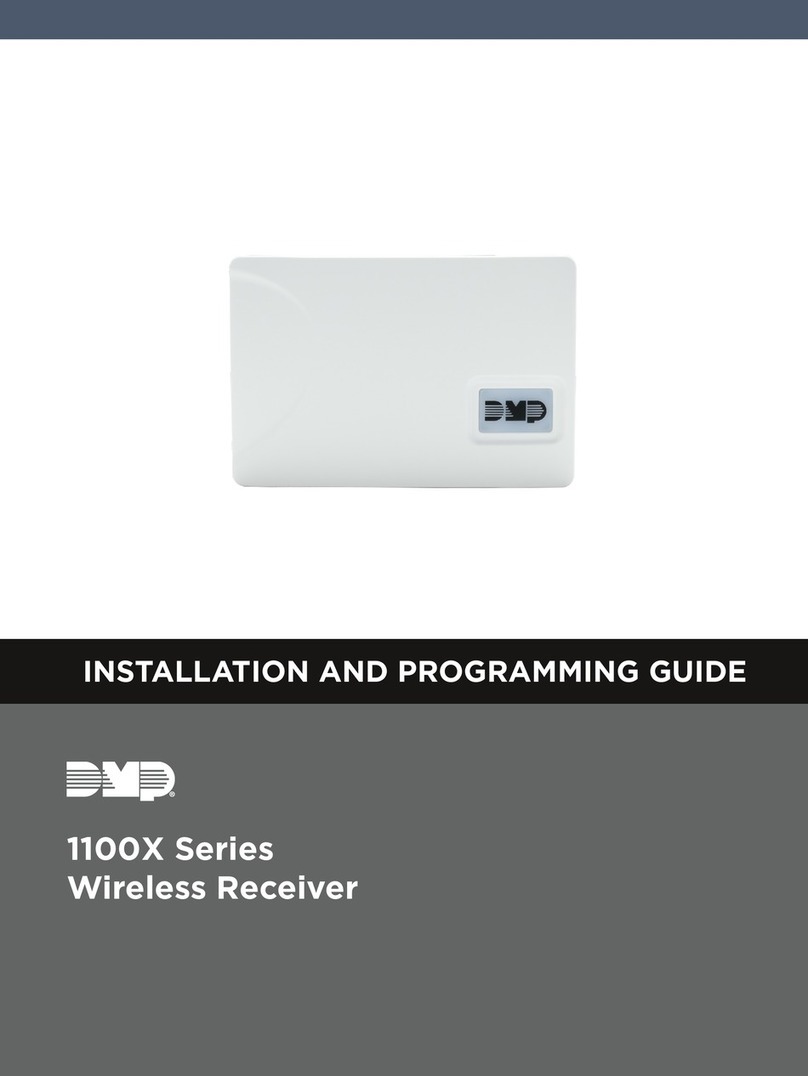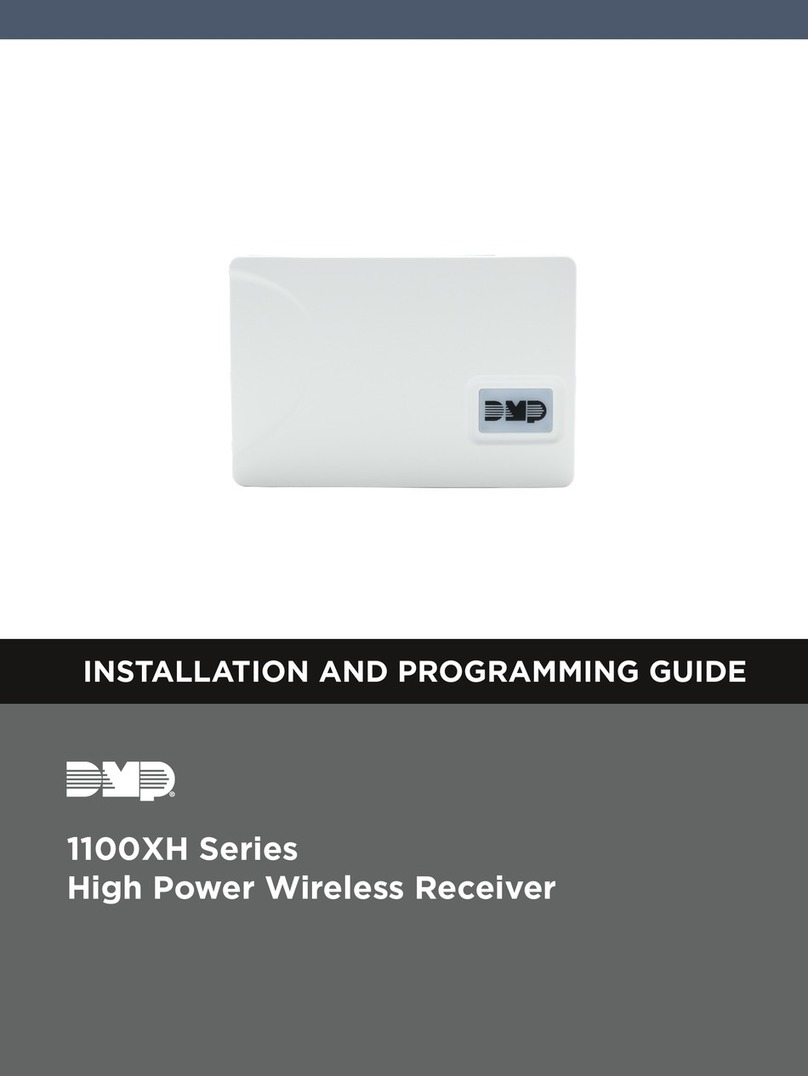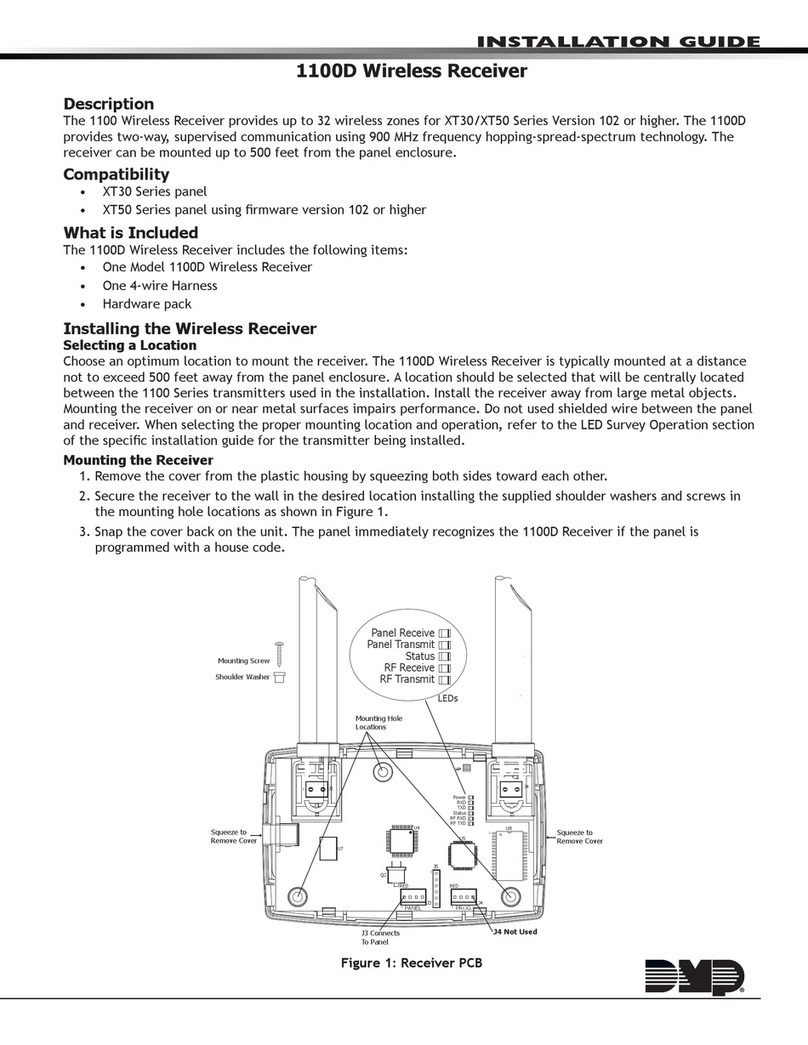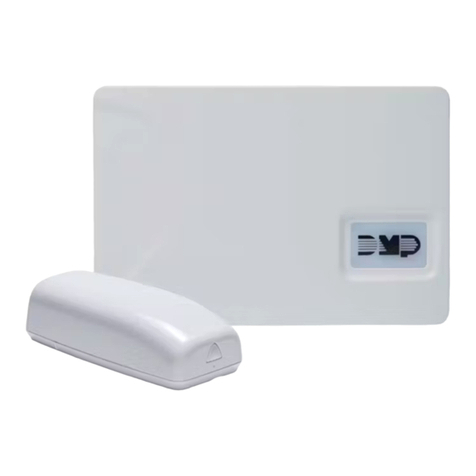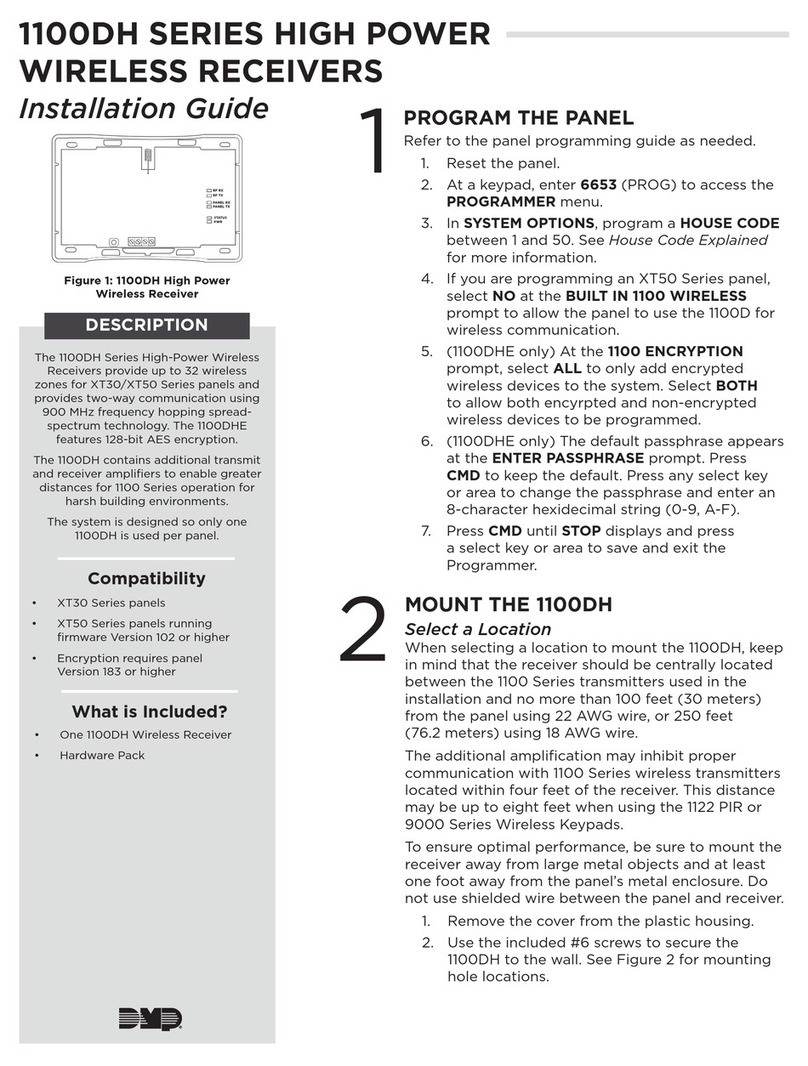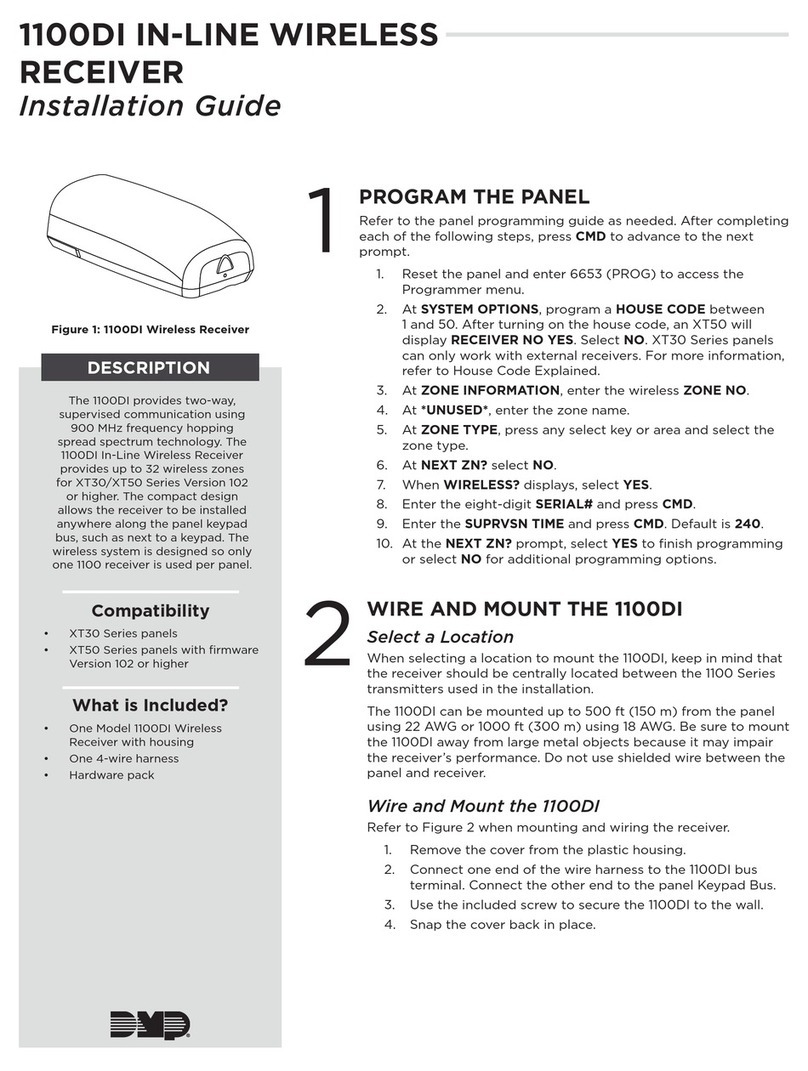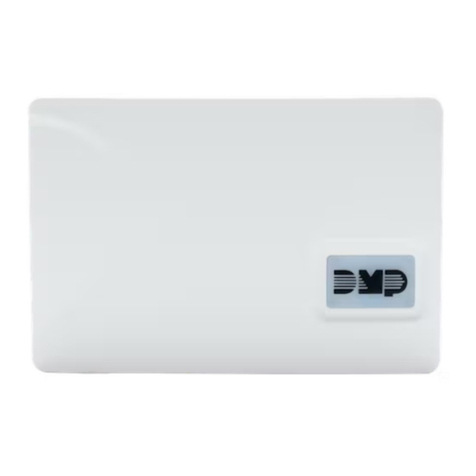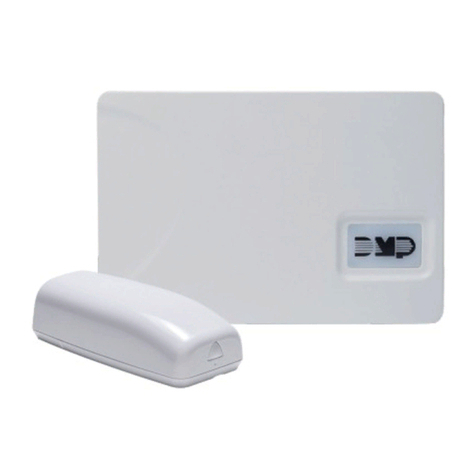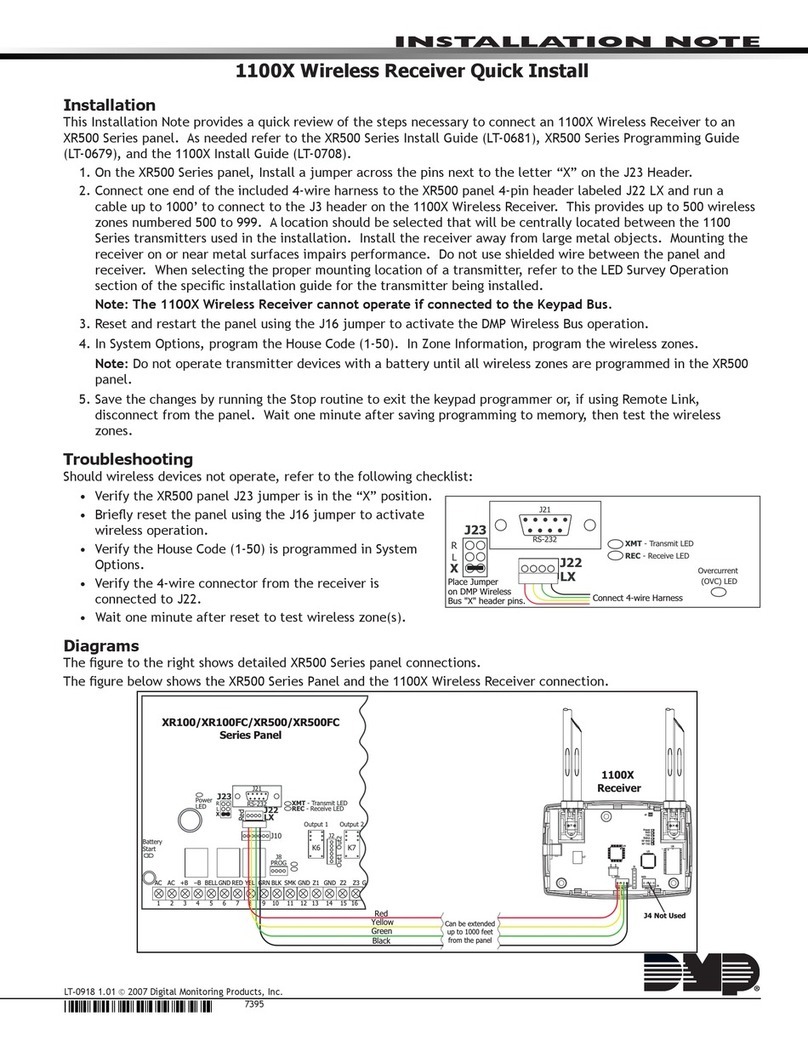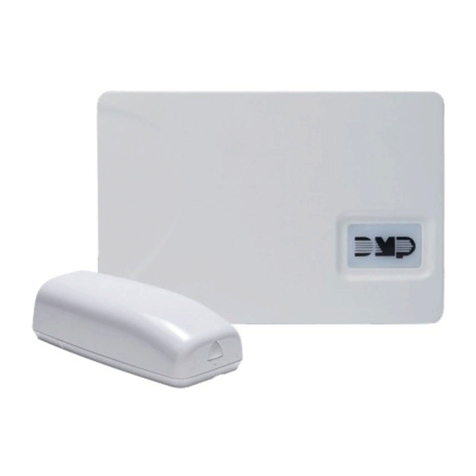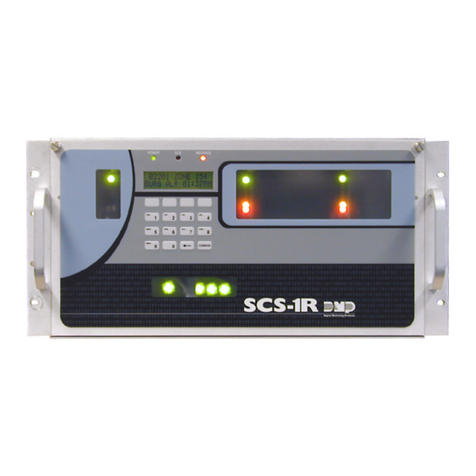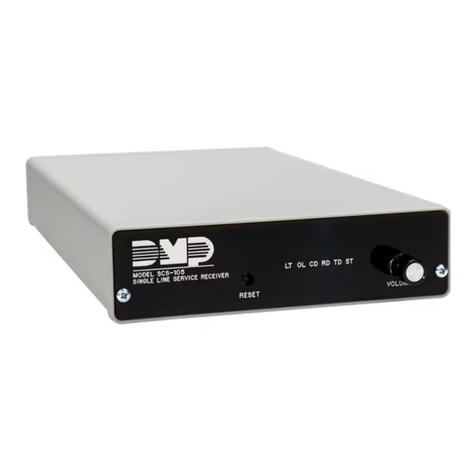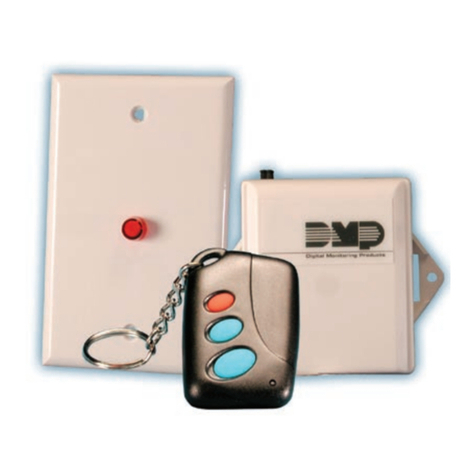
1
INTRODUCTION
The SCS2 is a multi-line, multi-format digital receiver for
commercial fire and burglary. The basic unit consists of up
to 15 individual line card modules (SCS2-200) and 30 telco
lines connected to a SCS2-300. The SCS2 can decode a variety
of popular and widely used communication formats. Refer
to Appendix A, SCS2-200 Communication Formats for a list
of the available communication protocols.
The SCS2’s real-time clock and calendar stamps all information
received with the time and date, and all information can be
printed and/or forwarded to a computer. To ensure security,
adjustment of the clock, calendar and other programming is
password-protected.
SCS2-300
The SCS2-300 Central Processing Module oversees operation
of the line cards. Along with its built-in keypad and LCD
message screen, the SCS2-300 features one parallel printer
port, and two COM Ports.
SCS2-200
Each SCS2-200 module can monitor two telephone lines. The
line card module is equipped with a 256-event non-volatile
memory buffer to record events and corresponding telephone
numbers. Caller Source capability is built-in and telephone
numbers can be printed out, sent to automation and stored
in memory. Events and information stored in memory can be
printed at any time. Each line card also features flash EPROM
uploads through the Debug port for software upgrades or
options programming.
SUPERVISION
The standby battery voltage and connections are supervised.
The line cards are also continuously supervised to ensure
uninterrupted communication with the SCS2-300. Any trouble
conditions are reported on the LCD screens and sent to the
printer and the computer.
The SCS2-200 line card module also verifies communications
with the SCS2-300. In the event of a malfunction, the operator
will be advised with a visual indication and the line cards will
continue to function. Each line card will continue to receive
information.
The printer is supervised for loss of power, off-line, paper
out and other trouble conditions. The communication link to
the computer through the RS-232 port is monitored by the
supervisory “heartbeat” test transmissions.
COMPATIBILITY
Central station automation software packages such as
M.A.S., DICE, SIMSII, S.I.S., GENESIS and MICROKEY
support the SCS2 DMP interface. Compatibility with the automation
software in a system used at a central station is intended to
be handled under a separate UL 1981 software package and/
or site certification evaluation.
SCS2-300 OUTPUTS/INPUTS
The SCS2-300 features three switched-negative outputs. One
output labeled “OPTION” has a corresponding LED on the
SCS2-300 front panel; the factory default programming slowly
flashes the OPTION LED when the “OPTION” output is activated.
Switched negative outputs are also provided for the
Acknowledge and Trouble LEDs.
SYSTEM OVERVIEW
• Patented Caller Identification (Call Display) capability
• Patent pending DNIS identification
• Battery backed up RAM on each SCS2-200 line card
module for programming and event buffers.
• Fast communication between line cards and SCS2-300
• Flash upload for software upgrades
• Up to 64 different options set (profiles per line)
• Patent pending Virtual configurations
• 3/1, 4/2 formats with or without parity, 4/1 without parity
at 10, 14, 20, or 40 Baud
• 4/1, 4/2, 4/3, and 4/3 with checksum DTMF formats
• Optional* formats: 3-2, 4/1,4/2 extended
• Contact ID (DTMF) format
• Super Fast or High Speed DTMF format, with or
without parity
• DTMF 4/1 Express format optional*, 4/2 Express format
• Westec
• FBI Super Fast format with or without parity
• RADIONICS Modem II, Modem IIE, Modem IIIa2and
BFSK formats
• SIA format: 110 and 300 Baud, tone and data
acknowledgment
• SK FSK1, FSK2
• Any handshake frequencies by increment of 100 Hz
from 300 Hz to 3400 HZ, Dual Tone, SIA FSK, Modem
IIx, Double Dual Tone and ITI selected by configuration
commands.
• Up to 8 different handshakes per profile with individual
duration control.
• Large, easy to read 2-line, 16-characters-per-line, Liquid
Crystal Display screen
• All modules function individually to help ensure
uninterrupted operation during hardware or software
upgrades
• Inputs on SCS2-300 for UPS supervisory
• 30 lines maximum per receiver
• 256-event memory buffer on each individual line card
• Real-time clock
• SCS2-300 features 16-bit microcontroller
• 1 parallel printer port and 2 serial RS-232 ports
• Programmable serial port configurations
• Programmable system functions: computer and printer
• Fast transmission of multiple alarms to the computer
and printer to ensure operator’s quick response
• Continuous verification of the computer-receiver links
with the “heartbeat” function
• Switched-negative outputs on SCS2-300 (special
applications)
• AC-lost detection and standby battery supervision
• Low battery detection and automatic low battery disconnect
to prevent deep-discharge damage to battery
• Operator Acknowledge option
• Telephone line supervision and reporting
*All formats noted as optional are selected using configuration
commands.
